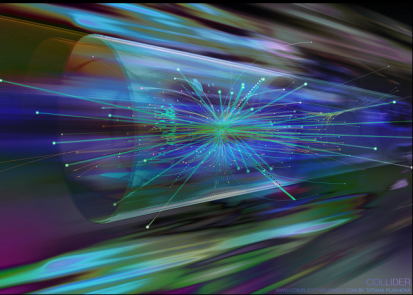Business is certainly changing

Regretfully many businesses are still caught in the change over from the past industrial era, we have not fully absorbed or translated the impact of the digital effect. The rising expectations from technology are ‘running way ahead’ of our ability to transform the organizations to be digitally ready.
We are in need of finding and developing environments that are far more connected and open, simple yet intelligent to reduce complexity, yet fast and scalable as the frequency and collaboration needs are changing, all placing increased demands on the organization.
With the consistent onslaught of social media, the potential of cloud computing and the increasing reliance on the mobile or smartphone, the pressure is on organizations to adapt and respond accordingly. The consumer expectations are dramatically shifting to expecting these connected experiences we have written about, they are seeking higher levels of personal gratification.
Everything is about “getting connected”.




 Many of the changes that will emerge in the next twelve to twenty-four months will become more cross-industry and service ecosystems. The search is far more today looking for synergies.
Many of the changes that will emerge in the next twelve to twenty-four months will become more cross-industry and service ecosystems. The search is far more today looking for synergies.
 There is far more focus on the consumer platform market where Facebook, Alibaba, Google, etc. all get the publicity and consequential high valuations to their business models. Yet, the size of the Industrial Platform market will be bigger, perhaps not in “eyeballs” but far more in economic value and growth to those that commit to these changes by collaborating through a networked designed platform ecosystem.
There is far more focus on the consumer platform market where Facebook, Alibaba, Google, etc. all get the publicity and consequential high valuations to their business models. Yet, the size of the Industrial Platform market will be bigger, perhaps not in “eyeballs” but far more in economic value and growth to those that commit to these changes by collaborating through a networked designed platform ecosystem.
 Can you imagine a Hydrogen Ecosystem being created and organized, that needs to influence and shape national strategies for energy, provide education and understandings, suggest and provide regulations, standardization, infrastructure, and incentive suggestions and encourage solutions that need to scale?
Can you imagine a Hydrogen Ecosystem being created and organized, that needs to influence and shape national strategies for energy, provide education and understandings, suggest and provide regulations, standardization, infrastructure, and incentive suggestions and encourage solutions that need to scale? Firstly we need to put any innovation ecosystem into context. What are ecosystems, and why they are really valuable to consider when you are thinking about a more radical approach to any new innovation design?
Firstly we need to put any innovation ecosystem into context. What are ecosystems, and why they are really valuable to consider when you are thinking about a more radical approach to any new innovation design?